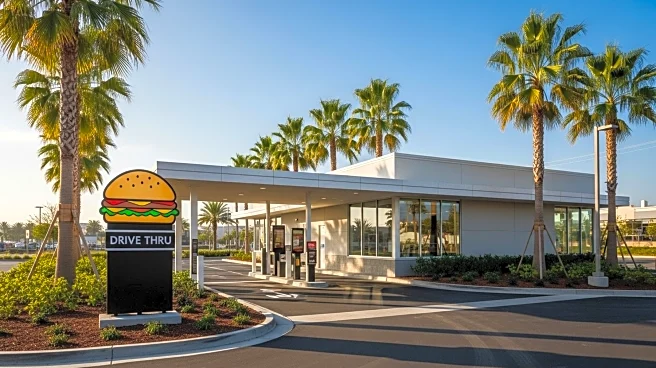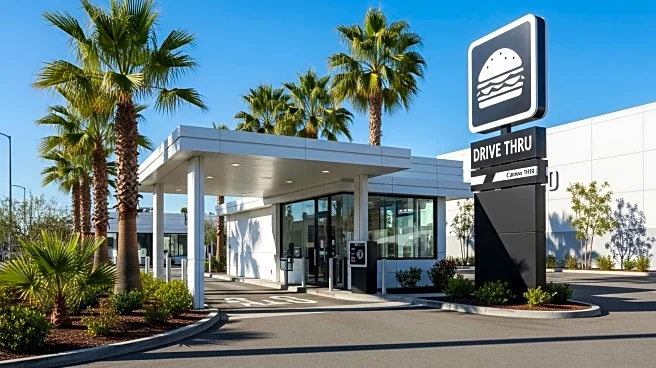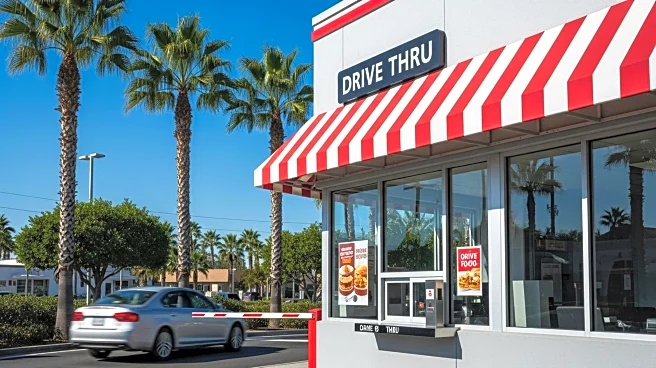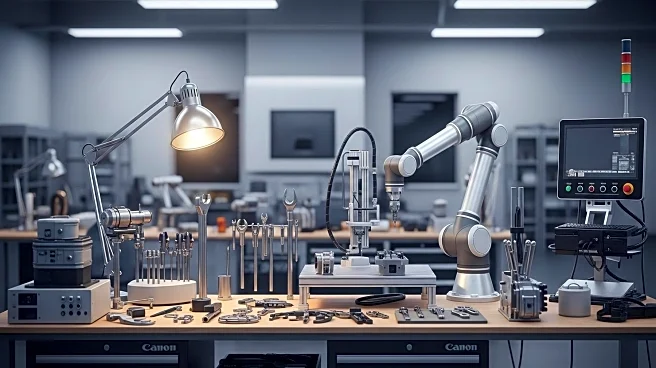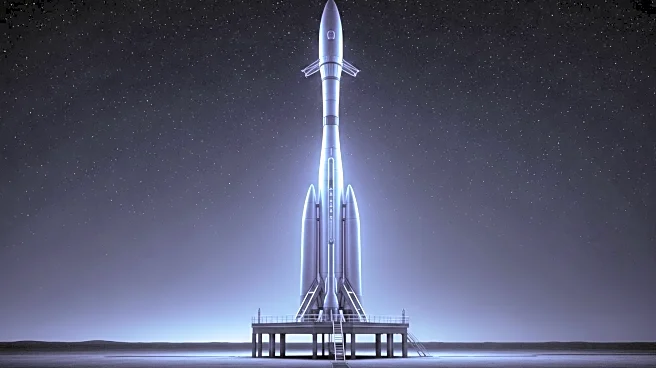What's Happening?
Jimmy John's has opened its first drive-thru-only restaurant in Bartow, Florida, marking a significant shift in its operational strategy. The new location features two drive-thru lanes, one dedicated to mobile order pickups and the other for traditional drive-thru service. This design aims to optimize space and reduce wait times, catering to the growing demand for contactless and efficient service. The restaurant also includes lockers for customers to pick up mobile orders, enhancing the contactless experience. This move aligns with a broader industry trend where fast-food chains are increasingly focusing on drive-thru services, a shift accelerated by the coronavirus pandemic. Drive-thrus have become crucial for many chains, with some reporting that they account for up to 90% of sales during the pandemic.
Why It's Important?
The introduction of a drive-thru-only model by Jimmy John's reflects a significant trend in the fast-food industry, where drive-thrus are becoming a dominant sales channel. This shift is largely driven by consumer preferences for convenience and safety, especially in the wake of the pandemic. By optimizing for digital orders and contactless pickups, Jimmy John's is positioning itself to meet these evolving consumer demands. This strategy could potentially increase sales and customer satisfaction, as drive-thrus have proven to be a resilient business model during times of crisis. The move also highlights the competitive landscape, as other major chains like Taco Bell and Chipotle are expanding their drive-thru capabilities.
What's Next?
As Jimmy John's and other fast-food chains continue to innovate their drive-thru models, we can expect further developments in technology and design to enhance customer experience. The success of this drive-thru-only model could lead to more locations adopting similar strategies, potentially influencing the broader industry. Additionally, the focus on digital and contactless services may drive further investment in mobile app development and order management systems. Stakeholders, including franchise owners and technology providers, will likely play a crucial role in these advancements.
Beyond the Headlines
The shift towards drive-thru-only models raises questions about the future of traditional dining experiences in fast-food restaurants. As chains prioritize efficiency and safety, the cultural and social aspects of dining may evolve, potentially impacting consumer behavior and expectations. This trend also underscores the importance of adaptability in business operations, as companies must continuously innovate to remain competitive in a rapidly changing market.
